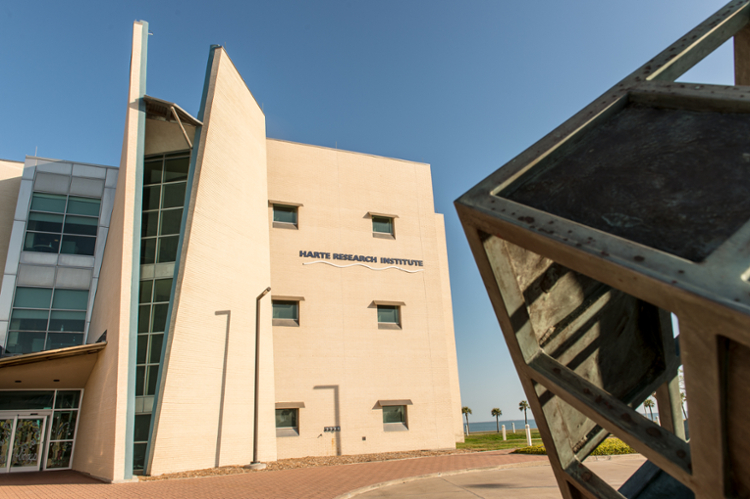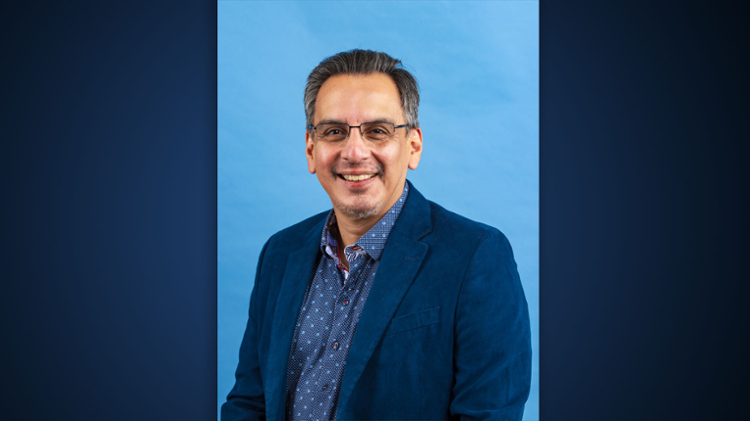TAMU-CC Assistant Professor Wins Prestigious International Engineering Award; Advocates for Holistic Approach, Case-Specific Designs for Bridges
CORPUS CHRISTI, Texas — In the realm of bridge design and structural engineering, innovation knows no bounds. Leading the charge in revolutionizing bridge development through novel research is Dr. Miguel Cid Montoya, Assistant Professor of Civil Engineering at Texas A&M University-Corpus Christi. He and his team in the TAMU-CC College of Engineering and Computer Science have harnessed the power of optimization algorithms, artificial intelligence (AI), and computational fluid dynamics (CFD) simulations to develop safer, more cost-effective bridges. They do this using a scaled-down, fully functional wind tunnel located in the Dr. Robert R. Furgason Engineering Building at the Island University. The tunnel plays a crucial role in analyzing environmental forces and enhancing the resilience of their bridge designs.
 “This equipment is hugely beneficial for the students at TAMU-CC,” Cid Montoya said. “If a picture is worth a thousand words, then I believe that an active learning experience in a lab carrying out research is worth a thousand whiteboard lectures. I am glad to be able to share the excitement of hand-on data collection with my students.”
“This equipment is hugely beneficial for the students at TAMU-CC,” Cid Montoya said. “If a picture is worth a thousand words, then I believe that an active learning experience in a lab carrying out research is worth a thousand whiteboard lectures. I am glad to be able to share the excitement of hand-on data collection with my students.”
Cid Montoya came to the Island University in 2022 with a wide range of international experience, including undertaking studies in Spain, Canada, Italy, as well as the U.S. (Notre Dame). He is the recent awardee of a $200,000 grant by the National Science Foundation, and in fall 2023, Cid Montoya was the recipient of the IAWE Junior Award of the International Association for Wind Engineering for his exceptional research into bridge aeroelasticity and wind-resistant design. This award was presented in Florence, Italy.
“As a researcher, I find that the work can occasionally feel a bit isolating, and measuring the real-life usefulness of this research is not always straightforward,” Cid Montoya said. “For me, receiving this award shows that my personal efforts in the field have made a difference, and this motivates me to keep going. It was also gratifying to be notified and recognized by renowned professors in this discipline whose work I have spent many years reading.”
Cid Montoya’s research shows that bridge development can never truly fit a “one-size-fits-all” format. For example, in California, an engineer would have to take earthquakes into account; in Corpus Christi, the priority will be hurricanes and strong winds.
“When we design a bridge, we look at a wide range of factors — how long will it be, what form will it take, what loads will it bear. But we also need to consider the environment and elements that the bridge will be exposed to,” Cid Montoya explained. “Each location is different. We have the local climate, wind speed and turbulence, and the potential for natural disasters, so we must treat each bridge design differently. My methodology aims to find a balance between all these factors to come up with a unique structure that is safer, cheaper, and more resilient.”
Studies into the aeroelasticity of bridges have rapidly advanced since their inception in the mid-20th century. A key event in the development of this field of research is that of the Tacoma Narrows Bridge disaster of 1940, which saw the suspension bridge across the Narrows of Puget Sound in Washington State collapse in 40-mile-per-hour winds. It was found that the design of the bridge was wholly inappropriate from the wind-resistance perspective — the two-lane roadway deck design was ineffective in absorbing the wind loads, combined with its very high level of flexibility.
It is designing according to the wind and other natural occurrences that Cid Montoya deems crucial to a resilient bridge, and this is where the Department of Engineering’s computational and experimental infrastructure comes into play. Cid Montoya and his team of six Island University students are conducting numerical CFD simulations and experiments in the department’s wind tunnel to analyze the forces on bridge decks and optimize their design.
Jose Jaquez ’25, a mechanical engineering major, credits his involvement in the wind tunnel project with allowing him to put his skills learned in class into practice.
“Regarding the wind tunnel, my main task is to troubleshoot any issues we come across when updating the design of the machine,” Jaquez said. “I do this by either designing new parts for the machine or modifying existing parts or codes. I love being able to use my knowledge of design and electronics to improve the functionality of the machine and to advance our research, all while allowing me to grow as an engineer.”
Cid Montoya’s research team aspires to disseminate their findings with the community, enabling the region to glean valuable insights for evaluating new infrastructure approaches. They do this through various open-door activities, such participating in Island Days, the Islander Family Weekend, and the American Society of Civil Engineers (ASCE) Corpus Christi Chapter activities, among other events.
“As a growing university, it is in our best interest to get the community interested and involved in our work,” Cid Montoya said.



















